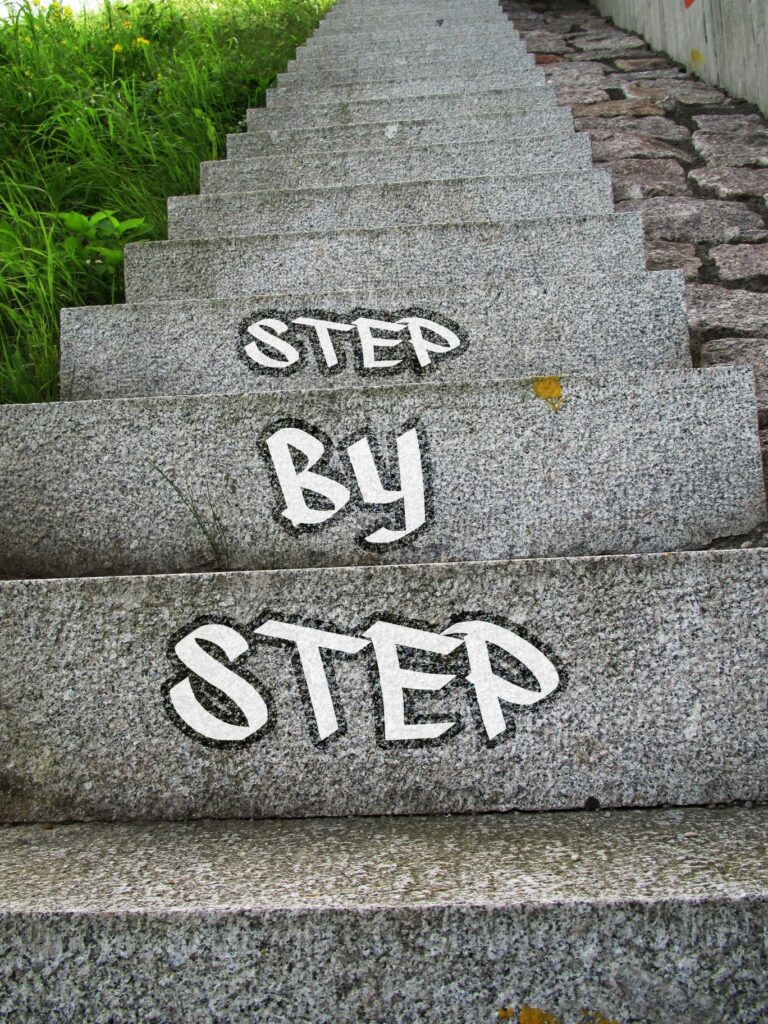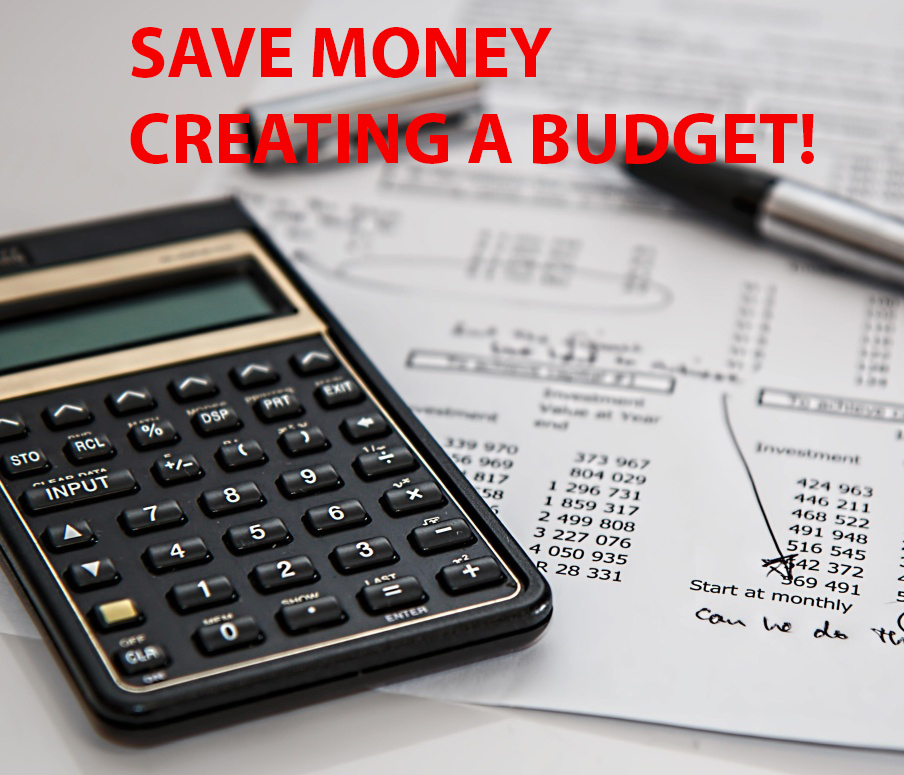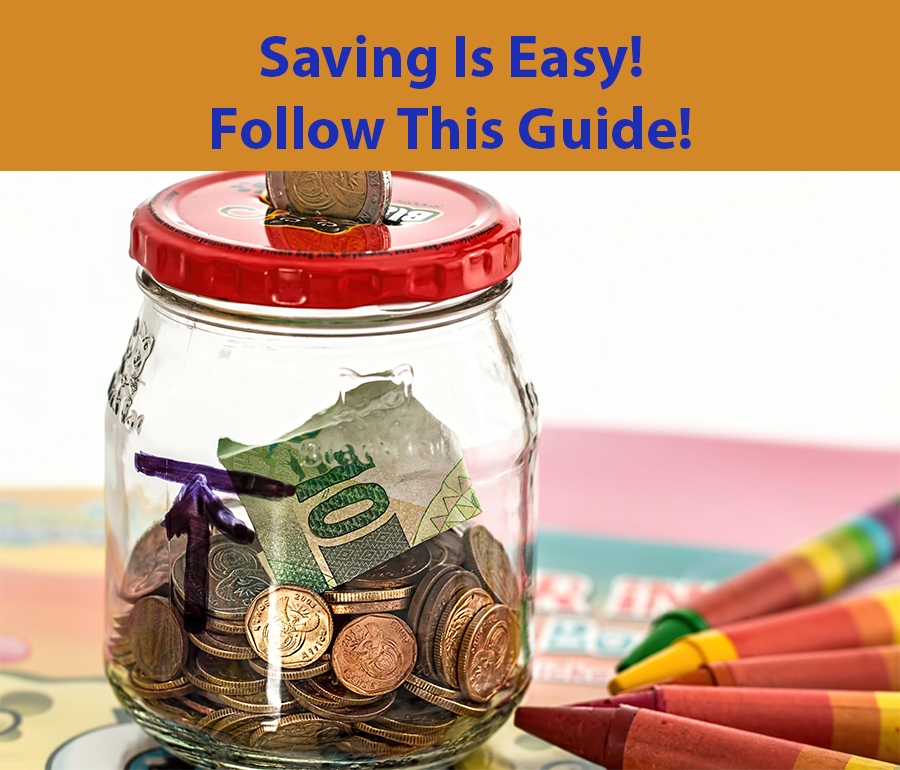Could you quit your job tomorrow and be financially stable without any income? If the answer is no, you’re not alone.
Financial Freedom is the ultimate goal for many of us. But what does it really mean, and how do you get here? Those are the questions that a lot of people get stuck on. Financial Freedom might seem more like a dream than anything else to many people. And the goal here is to shift that dream into a reality.
There are actionable steps that anyone can take to get closer and closer to financial freedom. The bonus is, that even if you don’t fully achieve it, you will be in a better financial position than when you started. So don’t have anything to lose? Being financially free isn’t as straightforward and clear-cut as you are or you’re not. There are different stages along the road. Before you can get started, you need to know where you are right now.
Stops on the road to financial freedom
Financial freedom doesn’t have to mean retiring early. It just means you have the independence to lead the life you want to without being burdened by money. Ultimately, it’s about controlling your finances rather than them controlling you. How much control you have based on your goals and current situation all determine how financially free you are. Here are some of the stops on the road to financial freedom.
- No freedom
Living paycheck to paycheck with no savings or emergency fund - Breathing room
You are starting to pay off debts and you’re spending less than you are earning - Security
You are starting to build other revenue streams such as investments that cover your basic living expenses - Independence
Your overall cashflow covers your basic living expenses and your lifestyle - Financial Freedom
At this stage, your cash flow will be greater than your essential living costs and lifestyle costs. You are now financially free!
The steps you take towards financial freedom all depend on where you are now, and where you want to be. Unfortunately, there are no shortcuts to being financially free unless you win the lottery or something similar. The most important step to reaching financial freedom is to Have a Clear Goal Ask yourself a few questions. What does it mean to you to be financially free? What are the long-term and short-term goals? The more specific you are with your goals, the better.
Life Goals
The most important thing that you need to determine is what your own personal goals are. There are so many paths in life, and whichever you chose will have implications on your financial goals and your quest for financial freedom. This is the biggest limitation of the step plans that we discussed above. Those plans assume that everyone wants to follow the traditional life script – go to college, get married, buy a house, have kids, work a job you hate, retire. The truth is, most of us don’t want to follow that script, but it’s been sold to us as the only path. Figuring out what you really want out of life is the first step to planning your path to financial freedom.
Financial Goals

Once you’ve figured out your Life Goals, it’s time to map out your Financial Goals. What do you need to do financially to achieve your life goals? Your financial goals will vary wildly based on your life goals. If your main goal is to build generational wealth for your children, you may want to focus on funding a college savings plan and buying a home. However, if your life goal revolves around traveling in the world your financial goals are going to be focused on financing that lifestyle. Now you know what you want to achieve, it’s time to get to work.
The 5 Steps to Financial Freedom
In general, the steps are similar and can be used by everyone. Whether saving for a house or travel, you still need to be saving money. Whether you are investing for a child’s college fund or your retirement, you still need to be investing. Getting your finances in order is the first step to achieving your financial goals regardless of what those goals are. There are five main steps of financial freedom – they are creating a financial plan, building a budget, saving, investing, and paying off debt. Let’s take a look at each of them.
- Financial Goals
After you figure out what your life goals and financial goals are, your next step is to make a plan to achieve them. You will need to write out your current status and your goals, then determine some actionable steps that you can take to achieve your goals. - Building a Budget
The financial plan is an important building block and will help get you into the correct headspace. But the first actionable step that you need to take is building a budget. I know budgeting isn’t exciting or glamorous, and it can be downright boring but it needs to be done. You need to start taking control of your money and telling it where to go. The basic premise of a budget is to control your money rather than let your money control you. - Saving
Now that you are in control of your spending, it’s time to start saving some money. Hopefully, you’ve identified places in your budget where you are spending too much money and can cut back. There are numerous ways to save money, from saving on living expenses to saving at the grocery store. You can use an app to find even more savings. You can use the money that you saved for a variety of things. You can add more money into your emergency fund, or you can use it to start working on the other two steps of financial freedom. - Investing
Although saving money is great and you should be funding your short-term wants and needs via a savings account, it’s not enough for long-term goals. Investing is the best way to beat inflation and ensure that you are financially prepared for any eventuality. It is preferred to invest in low-cost index funds because they offer automatic diversification and they don’t take too much of your hard-invested money away in fees. However, there are numerous other ways to invest. You can purchase individual stocks, real estate, or commodities, and you can even invest in yourself by starting a side hustle or building a business. It’s best to diversify your investment portfolio to include a mix of different types of assets. - Pay off Debt
The last step is paying off debt. Debt is like a ball and chain that you carry around with you. It holds you back from pursuing new opportunities because you constantly have to focus on paying what you owe.
You should focus on paying off the highest interest rate debt, such as credit card debt, first if you can. Put the cards away and promise yourself that you won’t use them unless there is an emergency and you have to. Next, focus on student loan debt, which is a huge burden to an entire generation. Apply for loan forgiveness if you can, and pay as much as you can each month. Finally, try to avoid getting into more debt. Work to build good credit before applying for a mortgage, or avoid buying a house altogether if homeownership isn’t one of your big life goals. Homeownership isn’t for everyone, and if you don’t want it, don’t let what society thinks to push you into such a huge financial decision.

What Should I Do First?
Many will tell you that you should do these things in a certain order, but it’s hard to say what’s most important. One thing that most do agree on is that you should try to get an emergency account first. Some experts will tell you that you should work on paying off debt next, but I disagree. If you are thirty or forty thousand dollars in debt, it could take you years to pay that off. Those are years when you will be missing out on compound interest and investment gains. Therefore, I think you should do all three. Yep, all three are important and you should do all of them simultaneously.
Let’s say you have a hundred extra dollars (or whatever currency you’re using) at the end of each month after making minimum payments on all of your debts and investing in your retirement account. You should split that hundred dollars up between savings, paying off debt, and non-retirement investment accounts. Since you already have that thousand dollars in your emergency savings account, you can put the smallest amount in there. Sometimes even as little as ten bucks a month in emergency savings is okay. A little growth is still growth and will help prevent you from getting into even more debt should an emergency arise. The remaining ninety dollars should be split between investments and paying off debt, depending on your financial goals. If your goal is to improve your credit score so you can buy a house, you should focus more on paying off the debt. If your goal is to quit your job as soon as possible and live off investment income, you should focus more on building up your non-retirement investment accounts.




